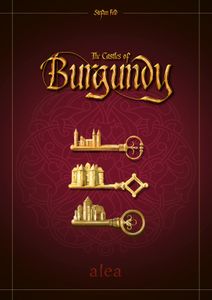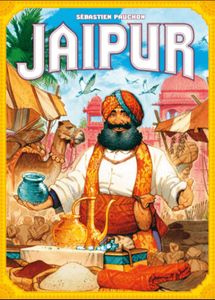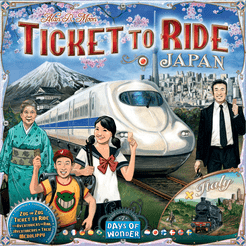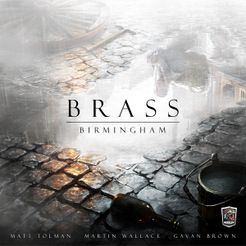The final boardgame session of the decade! Time to get out
those Xmas gifts.

First to hit the table was Castles of Burgundy; a classic
now 20 years old (but new to my collection). The ‘new’ printing looks good
(although the monasteries are still printed too small to recognise easily), and
the inclusion of many small expansions is welcome. The game plays at a good
pace, and presents interesting (and diminishing) choices as each round
progresses. There appear to be many routes to victory, with none dominating at
the expense of others. The game mechanisms are easy to understand (which makes
teaching simple) but the possibilities available are large, which can lead to
some AP if you are not careful. The final scores were tight but Chris was the
winner. Elaine and I have played the 2-player version, and the game scales very
well from 2-4 players. We played using many of the expansions, but have yet to
use either the ‘trade routes’, ‘victory shields’, nor the ‘Inns’.
Next we played ‘Ticket to Ride- Japan’. In this map variant
you have fewer individual trains, but you contribute to joint ‘bullet train’
routes which can be shared to complete tickets. There is a huge potential
end-game point shift depending on a players contribution to the ‘bullet train’
project. In the 4-player game there is a 30 point shift between the first and
last contributors, which has a profound effect on the relative scores. When we
tried the map as a 2-player experience; the ‘bullet train’ effect seemed as strong.
It is therefore vital to monitor the number of bullet train markers as the game
progresses. The map board is large and the geography of Japan takes some
getting used to. On the reverse of the board is the Italy map, which we have
yet to try.


Christmas prezzie games yet to hit the table include ‘Brass
– Lancashire’, ‘Jaipur’ and ‘Liar Dice’.

